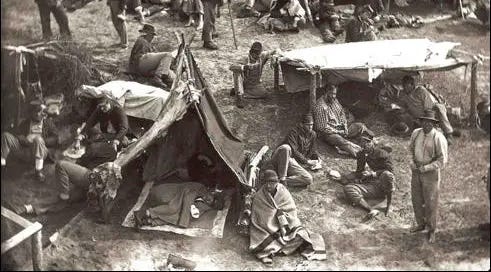I've always been skeptical of the traditional World War II narrative. It's ironic, considering that my generation—millennials—has been bombarded with more World War II propaganda than any other. Not only did we grow up with previous generations' narratives through films like Schindler’s List, The Boy in the Striped Pajamas, and Indiana Jones, but we als…
© 2025 Texas John Slaughter
Substack is the home for great culture





